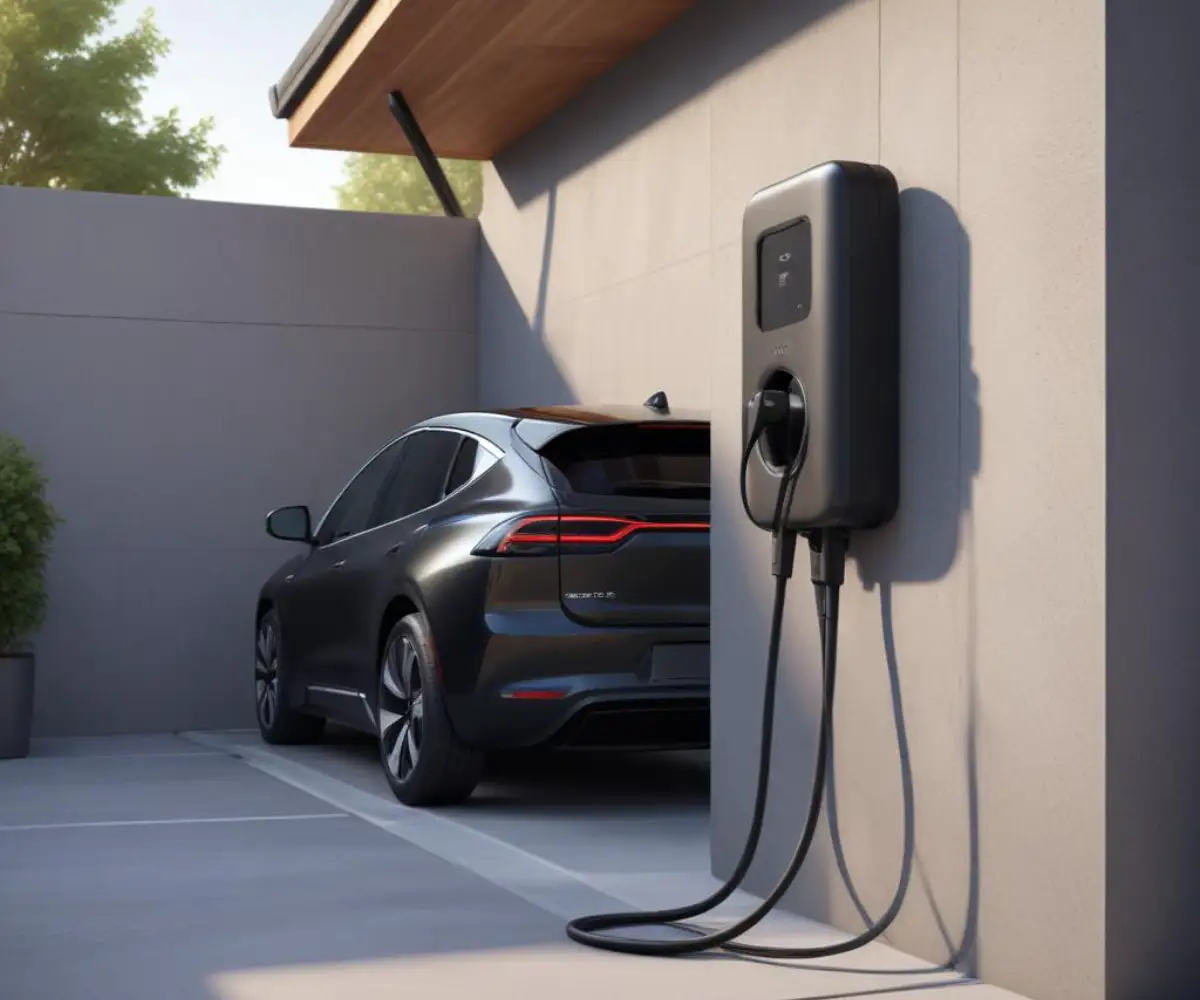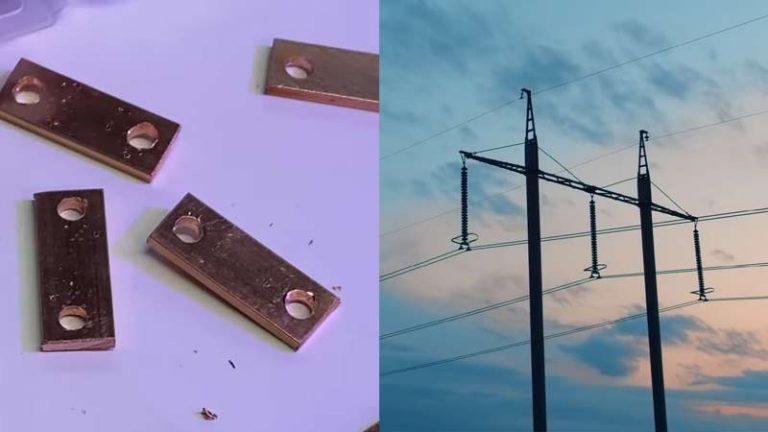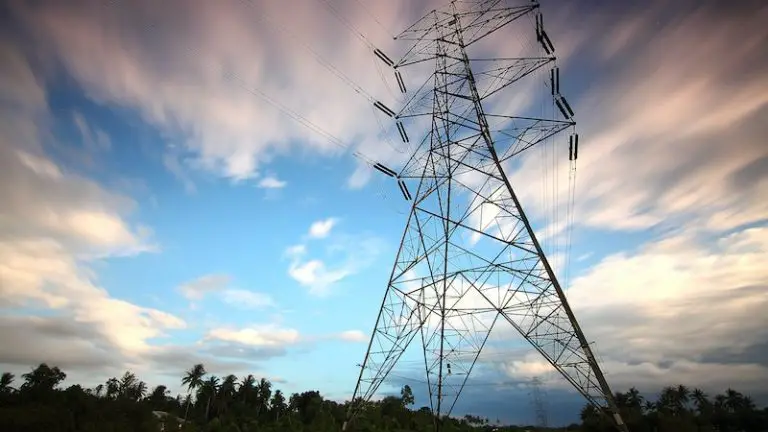110V to 220V EV Charger: Cut Charging Time by 75% With This Upgrade
You love your new electric vehicle, but the slow charging speed from your standard 110V wall outlet is becoming a major source of frustration. Waking up to a car that’s barely charged enough for your daily commute is not the convenient, futuristic experience you signed up for. This inefficiency turns EV ownership into a constant game of planning and anxiety.
The core of the problem lies in the limitations of Level 1 charging, which uses a standard 120-volt outlet. While simple, it’s agonizingly slow. The solution is a powerful upgrade to a 220V, or more accurately 240V, Level 2 charger, which can dramatically slash your charging times and transform your daily routine.
You'll Learn About
The Agony of Slow Charging: Why Your 110V Outlet Isn’t Cutting It
Relying on a standard household outlet to charge your EV feels like trying to fill a swimming pool with a garden hose. It’s a slow, inefficient process that undermines the convenience of owning an electric car. Understanding the limitations is the first step toward finding a better solution.
What is Level 1 (110V) Charging?
Level 1 charging uses a standard 120-volt AC outlet, the same kind you use for a lamp or a laptop. It requires no special installation and uses the portable cord that typically comes with your vehicle. This method adds only about 3 to 5 miles of range per hour of charging.
This “trickle charging” might be sufficient for plug-in hybrids with small batteries or for drivers with very short daily commutes. However, for most battery-electric vehicle (BEV) owners, it’s simply not practical for daily use. A full charge from empty could take more than 40-50 hours.
The Frustration of Overnight Charging That Barely Moves the Needle
The biggest pain point for EV owners using a 110V outlet is the lack of readiness. You can plug in your car for a full 8-10 hours overnight and only add 30-50 miles of range. This creates “range anxiety” even when your car is parked at home, forcing you to rely on public charging stations more often than necessary.
This slow pace negates one of the primary benefits of EV ownership: waking up every day to a “full tank.” It forces a level of constant planning and calculation that makes driving less spontaneous and more stressful.
The 220V Revolution: Unlocking Faster, Smarter EV Charging
Making the switch from a 110V setup to a 240V Level 2 charger is a true game-changer. This upgrade provides the speed and convenience that makes owning an EV a seamless experience, allowing you to take full advantage of charging at home.

Understanding Level 2 (220V/240V) Charging
Level 2 charging uses a 240-volt circuit, similar to what powers a clothes dryer or an electric stove. This higher voltage allows for significantly faster charging speeds, typically adding 25 to 40 miles of range per hour. This means you can fully charge most EVs overnight, even from a nearly empty battery.
This setup requires the professional installation of a dedicated 240V circuit and either a NEMA 14-50 outlet or a hardwired charging station. While there’s an upfront cost, the long-term benefits are substantial.
How a 220V Charger Transforms Your EV Experience
With a Level 2 charger, range anxiety at home becomes a thing of the past. An evening charge of just a few hours can easily replenish the energy used during a typical day’s commute. This reliability ensures your car is always ready to go when you are.
Furthermore, faster home charging reduces your reliance on public DC fast chargers. This not only saves you money, as home electricity rates are typically lower, but it can also be better for your battery’s long-term health, as frequent fast charging can accelerate battery degradation.
Making the Switch: Your Step-by-Step Guide to a 220V Charger
Upgrading to a 220V EV charger involves more than just buying a new piece of equipment. It’s a project that requires careful planning and professional expertise to ensure it’s done safely and effectively. Following a clear, step-by-step process will help you navigate the upgrade smoothly.
Step 1: Assess Your Home’s Electrical System
Before you do anything else, you must determine if your home’s electrical panel can handle the additional load of a Level 2 charger. A typical Level 2 charger requires a dedicated 40-amp or 50-amp, 240-volt circuit. An electrician will need to perform a “load calculation” to assess your home’s total electrical demand.
Many older homes have 100-amp service panels, which may already be near capacity with modern appliances. If your panel is full or lacks the necessary capacity, you might face issues like a breaker box buzzing when microwave is on, indicating it’s overloaded. In such cases, a panel upgrade may be necessary.
Step 2: Choosing the Right Level 2 Charger
There are two main types of Level 2 chargers: plug-in models and hardwired stations. Plug-in chargers connect to a NEMA 14-50 outlet and offer portability if you move. Hardwired chargers are connected directly to the circuit, which can offer slightly more power and is often considered a more permanent and robust installation, especially for outdoor setups.
You should also consider “smart” chargers. These Wi-Fi-enabled units allow you to schedule charging sessions to take advantage of off-peak electricity rates, track your energy usage, and manage charging remotely through a smartphone app.
Step 3: Hiring a Qualified Electrician is Non-Negotiable
This is not a DIY project. Working with 240-volt circuits is dangerous and requires a deep understanding of electrical codes and safety procedures. Always hire a licensed and insured electrician who has experience installing EV charging equipment.
An experienced electrician will ensure the installation is up to code, safe, and optimized for your specific vehicle and home. They can also handle the permitting process required by most municipalities.
Step 4: The Installation Process Explained
The electrician will start by installing a new 240-volt, two-pole circuit breaker in your electrical panel. They will then run the appropriate gauge wiring from the panel to your desired charger location, which is typically in the garage or driveway. The cost can be influenced by the distance; for example, the cost to run electric to detached garage will be higher due to the longer wire run and potential trenching.
Finally, they will either install the NEMA 14-50 outlet for a plug-in charger or mount and hardwire the charging station directly. After the installation, they will test the circuit and the charger to ensure everything is working correctly and safely.
Cost Breakdown: What to Expect When Upgrading to 220V
Understanding the potential costs is crucial for budgeting your upgrade. Prices can vary significantly based on the charger you choose, the complexity of the installation, and the current state of your home’s electrical system.
Charger Costs: Hardwired vs. Plug-In Models
The cost of the charging unit itself typically ranges from $300 to $700. Basic, non-smart chargers are at the lower end of this range, while feature-rich smart chargers with robust apps and higher amperage capabilities are at the higher end. There is generally not a significant price difference between plug-in and hardwired versions of the same model.
Installation Costs: Factors That Influence the Price
The cost for a professional electrician to install the 240V circuit is the biggest variable. A straightforward installation where the electrical panel is in the garage near the desired charger location can cost between $400 and $1,000. However, if the wire run is long, requires fishing through finished walls, or involves outdoor conduit, the cost can rise to $1,500 or more.
| Charging Level | Voltage | Typical Charge Speed (Range Per Hour) | Time to Full Charge (80%) |
|---|---|---|---|
| Level 1 | 120V | 3 – 5 miles | 40 – 50+ hours |
| Level 2 | 240V | 25 – 40 miles | 4 – 10 hours |
Permits and Potential Panel Upgrades
Most electrical work of this nature requires a permit from your local building department, which can add $50 to $500 to the total cost. The most significant potential expense is an electrical panel upgrade. If the load calculation determines your current panel is insufficient, you may need to know the cost to upgrade to 200 amp service, which can range from $1,500 to $4,000 or more.
Common Pitfalls and How to Avoid Them
While upgrading to a 220V EV charger is a smart move, there are potential mistakes that can compromise safety and performance. Being aware of these common pitfalls can help you ensure your installation is done right the first time.
The Dangers of DIY 220V Electrical Work
The single biggest mistake is attempting to install a 240V circuit yourself without proper training. This is extremely dangerous. Improper wiring can lead to a risk of electric shock, short circuits, and electrical fires that can destroy your home and endanger your family. Always leave high-voltage electrical work to certified professionals.
Choosing an Uncertified or Incompatible Charger
When purchasing a charger, ensure it is UL or ETL listed. These certifications mean the product has been tested by an independent laboratory and meets established safety standards. Using an uncertified charger could void your homeowner’s insurance and poses a significant safety risk.
Also, verify the charger’s amperage matches your car’s maximum AC charging rate. There’s no benefit to buying a 48-amp charger if your car can only accept 32 amps.
Ignoring Your Home’s Total Electrical Load
An EV charger is one of the most power-hungry devices in a home. It’s crucial not just to have space in the breaker box, but to ensure the home’s total service can handle the load. A qualified electrician performs a load calculation for this reason, preventing a situation where running your EV charger simultaneously with your HVAC and electric oven causes constant breaker trips or overloads your main service.
Smart chargers can help manage this by scheduling charging for off-peak hours when other major appliances are not in use, but they cannot overcome an insufficient electrical service.
Is a 110V to 220V EV Charger Upgrade Worth It?
For the vast majority of all-electric vehicle owners, the answer is a resounding yes. The initial investment in a Level 2 charger installation pays for itself through unparalleled convenience, time savings, and peace of mind.
Waking up every morning to a fully charged vehicle, ready for any journey, transforms the EV ownership experience from a compromise into a true upgrade. It unlocks the full potential of driving electric, making your daily life simpler and more efficient.


